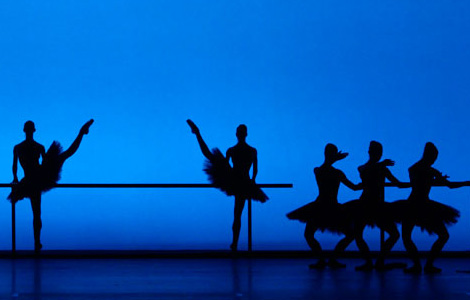

 |
|
The scenery in Dresden, Germany. Photo provided to chinadaily.com.cn |
Dresden, Germany, situated in a valley on the Elbe River, is a perfect place for visitors to explore early Romanticism, which oozes from the city's old architecture, art treasures and musical culture. It has attracted more than a few artists.
The Romantic movement, which began in Europe at the end of the 18th century, was an attempt counter the aristocratic and political norms of the Age of Enlightenment, which emphasized reason, individualism and the scientific rationalization of nature.
By contrast, artists and writers of the Romantic period emphasized emotion, imagination and independent thought.
The artist Gerhard von Kugelgen (1772-1820), was at the center of the early Romantic movement in Dresden. When he moved there with his family in 1805, their house, Gottessegen at Hauptstrasse 13, soon became a gathering place.
Frequent guests included art lovers such as Friedrich Kind and Johann Gottfried Seume, and celebrities such as Wolfgang von Goethe and Carl Maria von Weber.
Nowadays, tourists can visit the house, which has been turned into a museum - the Museum of Dresden Romanticism - which opened to the public in 1981.
The Kugelgens played an essential role among Dresden's Romantics, and a visitor can get a comprehensive insight into their influence from the permanent exhibit.
Various objects belonging to the family, such as furniture and pictures, show the lifestyle of the artist and his circle of friends.
Elsewhere in Dresden, in the New Masters Gallery of the Albertinum art museum, for example, one can enjoy a large collection of paintings by Romantic artists such as Caspar David Friedrich, Carl Gustav Carus and Ludwig Richter.
In the Dresden suburbs, tourists can also visit the houses of two famous Romantic musicians.The Hosterwitz house where von Weber spent his summers, is now a museum dedicated to his life and works. And then there is Lohengrinhaus,the house in which Richard Wagner wrote his opera Lohengrin while he was on vacation. It is opposite the Richard Wagner Museum, which opened in January 2013.
Friedrich Schiller fans mustn't miss Schillerhauschen - the smallest museum in Dresden - which records his life and works. It is where he wrote pieces such as Ode to Joy.







